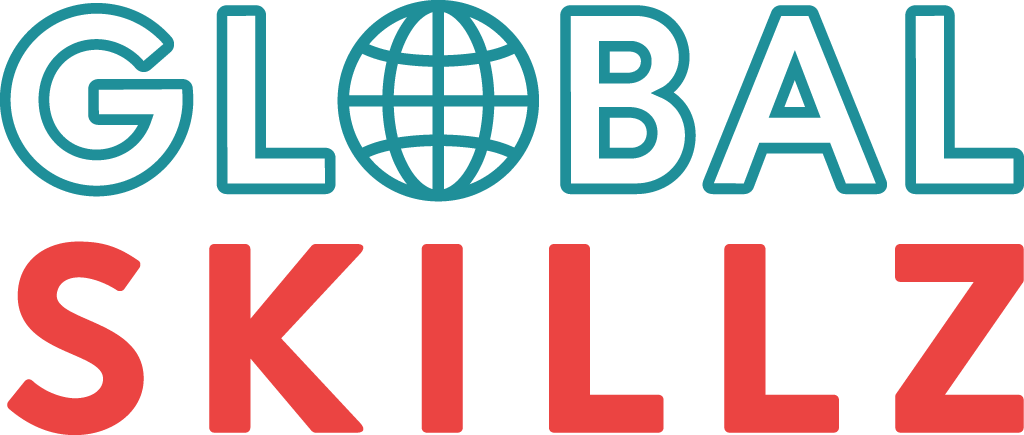One of the first things you should do when you move to a new country is familiarize yourself with its banking system. A credit report, chequing and savings accounts, a line of credit—for a newcomer, understanding the nuances of these new concepts isn’t always easy. Need help? Here are the ABCs of the Canadian banking system.
At first, the Canadian banking system may seem complicated. But before long, with the right information, you’ll have a better understanding of it and you’ll gain confidence with managing your finances.
How to manage your assets
Opening a bank account in Canada is a must. It gives you the opportunity to deposit and withdraw money, carry out purchases, transactions and bill payments, deposit your salary and even issue cheques. With a bank account, you can access your money at anytime, anywhere—even on your mobile phone! Simply put, it makes managing your financial assets easy.
Types of accounts
There are many types of accounts. A transactional account, also called a chequing account, allows you to perform several transactions in the form of deposits or withdrawals. Meanwhile, a savings account allows you to deposit a surplus of money you don’t need for current expenses. Foreign-currency accounts and other specialty accounts, such as High Interest Saving Account, are also available.
How to open a bank account
Head to a bank (we call them “branches” in Canada) or make an appointment at a Canadian financial institution with an advisor. Plan to bring official documents, such as a valid passport and your Immigration and Citizenship Canada paperwork. Some financial institutions even allow you to open an account remotely using their website.


 How To Choose The Right Education Program
How To Choose The Right Education Program